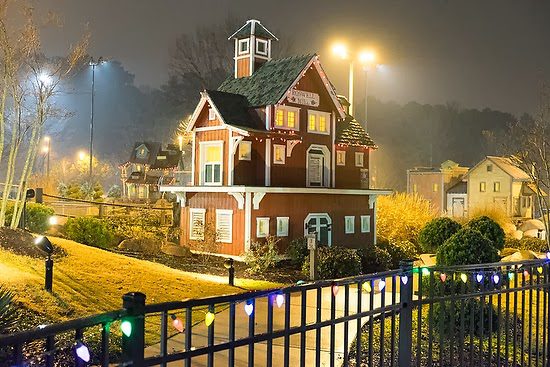| Fuji X E-2, ISO 6400, ƒ/3.2, 1/50 handheld |
Can the Fuji X E-2 16M sensor do the job for a working pro?
As you can see in the photo above, the quality is there for available light shooting full frame, but when people ask if the 16M sensor is good enough, they want to see the photo at 100%.
 |
| 100% view of the image above |
Here is a low light situation: how many street photographers and photojournalists would capture their images? Of course, if you are shooting a commercial job, you would likely be shooting with a low ISO.
 |
| Fuji X E-2, ISO 200, ƒ/18, 1/180 |
Here is a portrait of my daughter shot with the Fuji X E-2. Again the question is, what about at 100%?
 |
| 100% view of the photo above. |
From my perspective, it would be a rare moment that any of my clients would ever need anything with more megapixels than this camera gives me.
Now, my lab is telling me that if your camera is a 6M size sensor and they can make any size print from this file size, then it would appear that 16M is more than sufficient.
 |
| PPRPix Tips |
So I wasn’t surprised to hear that Hiroshi Kawahara, Fujifilm’s Operations Manager, also said that 16M was enough.
[youtube https://www.youtube.com/watch?v=_gGsoBUIFrM]
If the other camera manufacturers do not learn from what Fuji is doing, Fuji will crush them. What is essential to listen to in the interview is how even while they think 16M is enough, they still listen to the customer and are researching to improve the megapixels.
One coolest thing about Fujifilm is its firmware upgrades for all its cameras. They continue to upgrade their cameras because they are listening to the customer. The firmware upgrades for the cameras make them even better. For the most part, if you want the latest camera design from other manufacturers, you must buy the latest one. While you might think this could hurt sales, it is doing just the opposite for Fuji.
Conclusion: The Fuji X E-2 exceeds the needs of my clients right now. It is a camera I am shooting now for corporate jobs.

